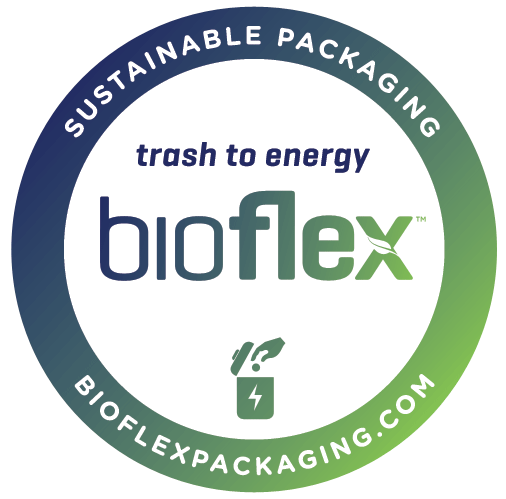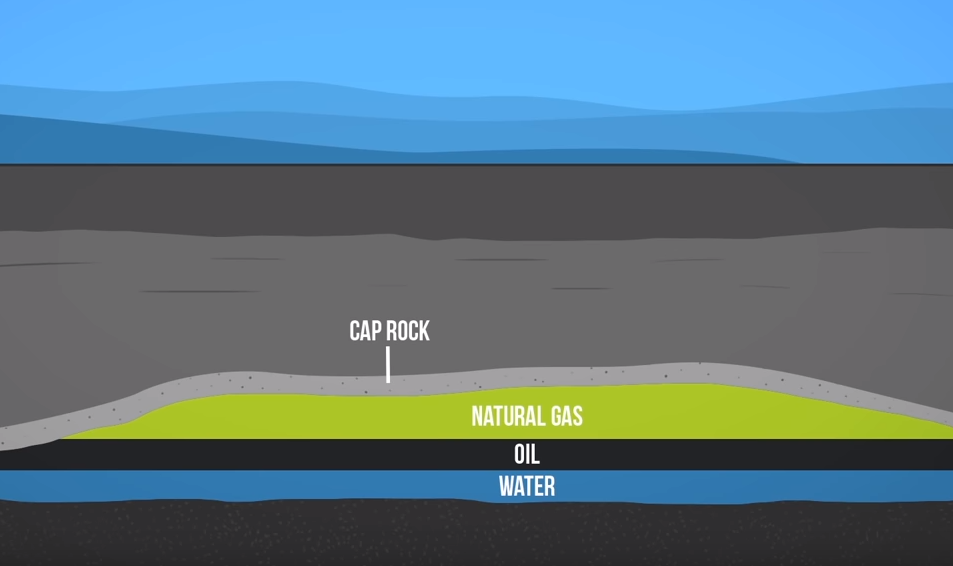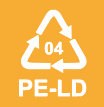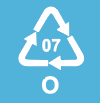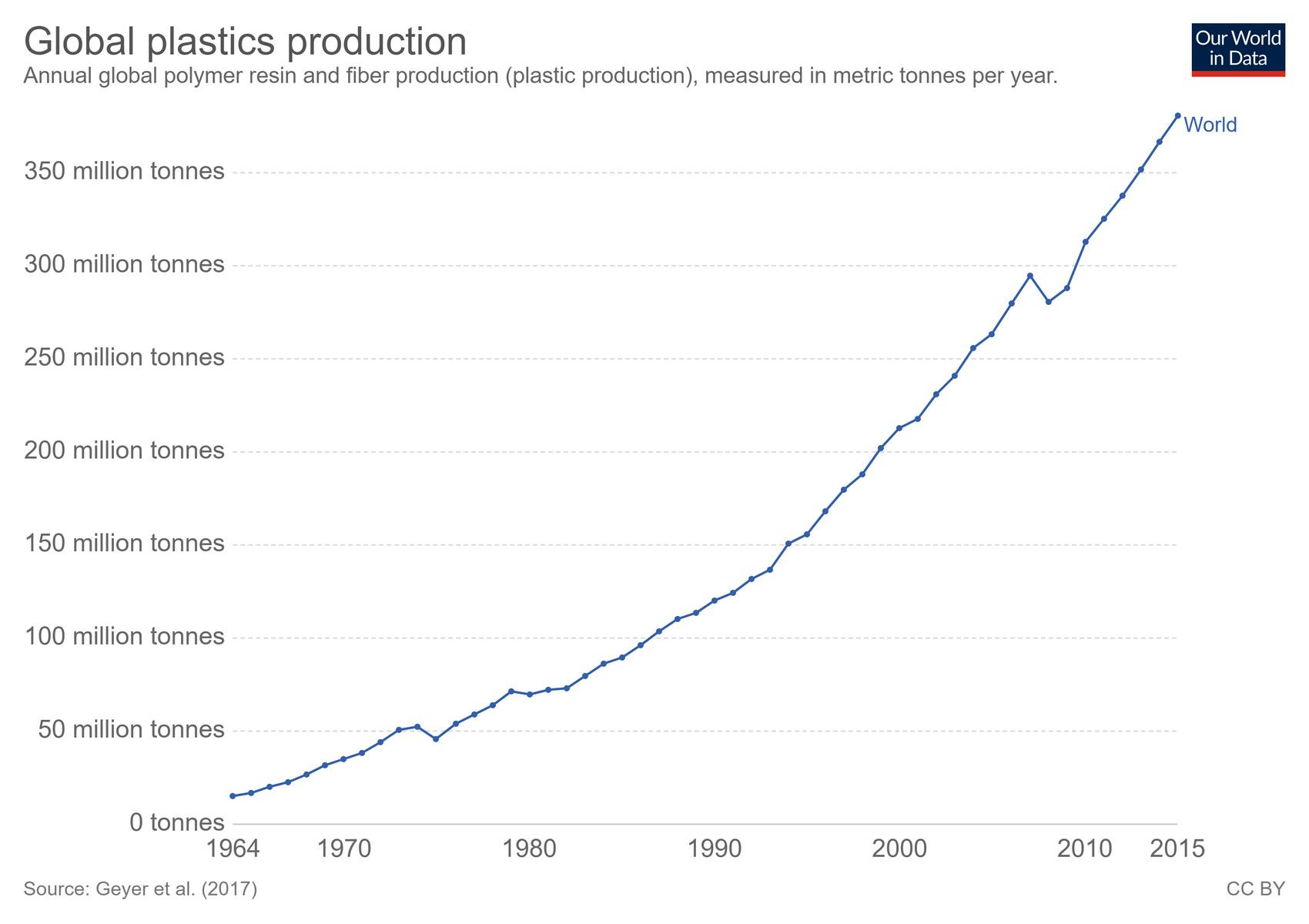Click on plus sign “+” to get more information.

EXTRACTION 

Plastic’s production begins with an extraction process of natural gases that are found in naturally occurring reservoirs throughout the earth.
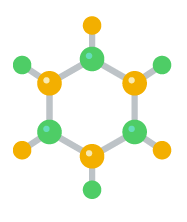
Organic matter gets trapped under layers of rock. Heat and pressure convert the organic matter into natural gas.

PROCESS 

Raw natural gas is then sent to a
processing facility, where the product is refined. The refined materials are
converted into polymers in a solid pellet form which allows them to be easily processed
to form products such as flexible films.

Natural gas is converted to monomers which are the building blocks of polymers.

DISTRIBUTE 

Plastic manufacturing facilities will use different types of polymer pellets (resin) for different applications. In flexible packaging, the most commonly used polymers include Low Density Polyethylene, Polypropylene, High Density Polyethylene, and Polyethylene Terephthalate. Pellets of these materials are converted into plastic products through processes like extrusion and injection molding.

Once converted into film, the product typically undergoes further conversion processes, such as adhesive lamination and pouch making.

USE 

Flexible films made of plastic are used in numerous ways to benefit society including reducing food waste, keeping medical devices sanitary, and even protecting the environment from chemical waste.

Food packaging is critical in reducing the global problem of food spoilage. For example, cucumbers are often wrapped in polyethylene shrink wrap which extends the shelf life of the cucumber – the resources that went into growing and transporting the cucumber far exceed the resources required to package it.

DISPOSAL 

After its use, plastic must be disposed of properly. Plastic disposal is a critical global problem, and we need solutions that can be implemented today!
BioFlex™ is an innovative film which increases biogas production in a landfill environment, which can be used as clean energy*.
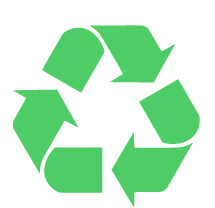
When multiple layers of different plastics are used to create packaging, the package is typically unable to be recycled due to the resource intensive processes required to separate layers. BioFlex™ allows us the potential to recover energy from those packages which has the potential to power our homes and electric cars, offsetting fossil fuel use*!
BioFlex™ has been shown to increase Biogas production up to 46.3% compared to traditional plastic packaging in the ideal conditions of an anaerobic digestor landfill over the course of 695 days, using the ASTM D5511-12 test. When disposed of in a landfill with modern biogas capture technologies, this energy can be harnessed as a source of renewable energy. Such a facility may not exist in your area.

©BioFlex™ 2019. All rights reserved.

